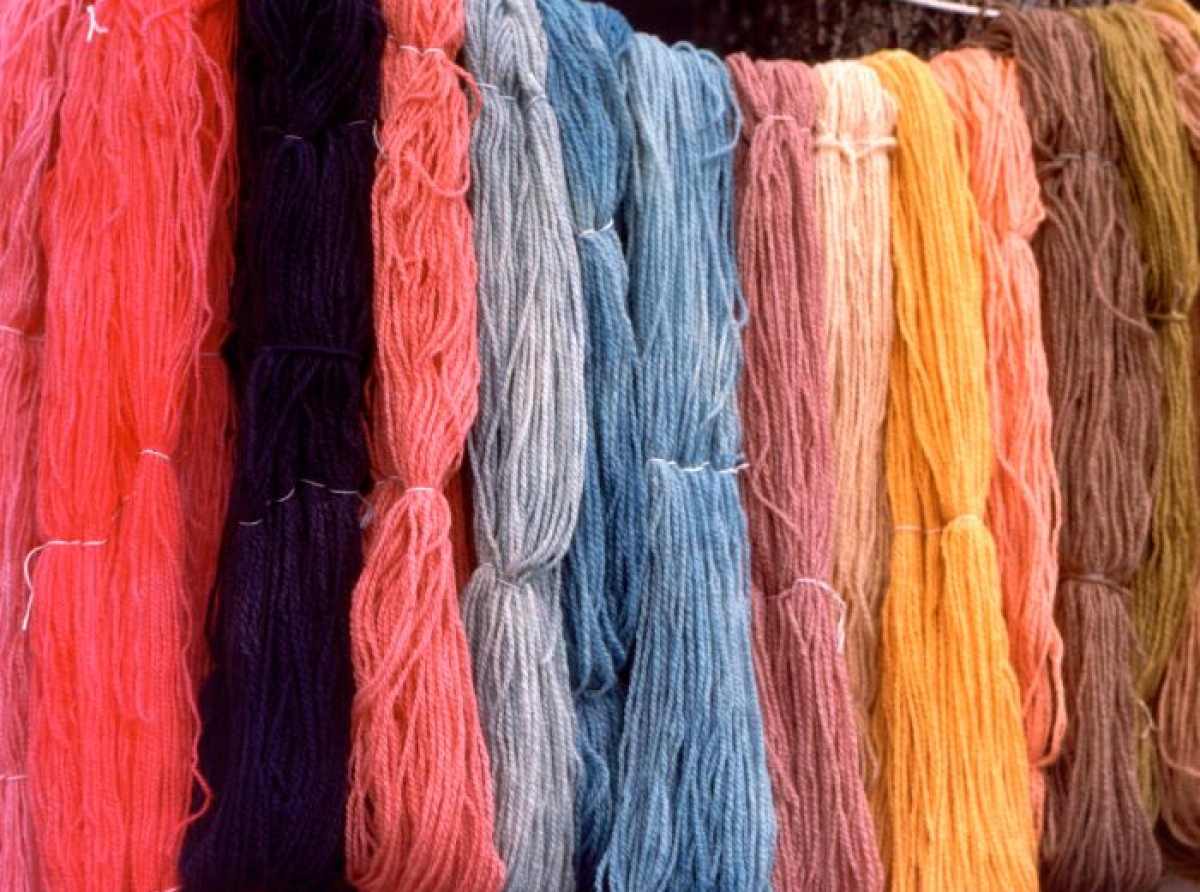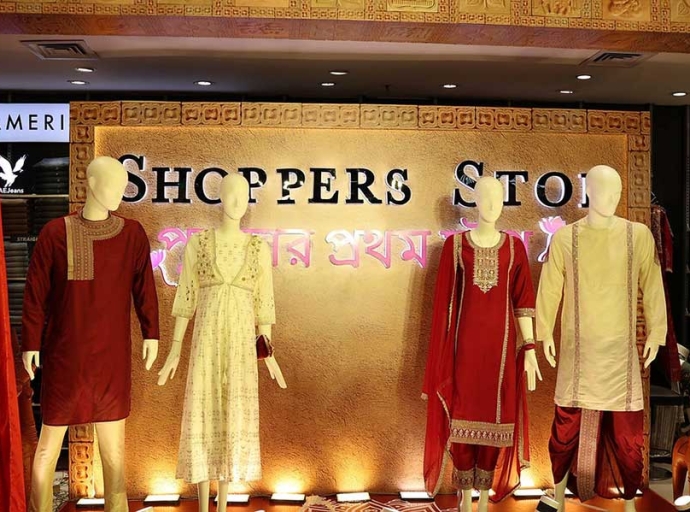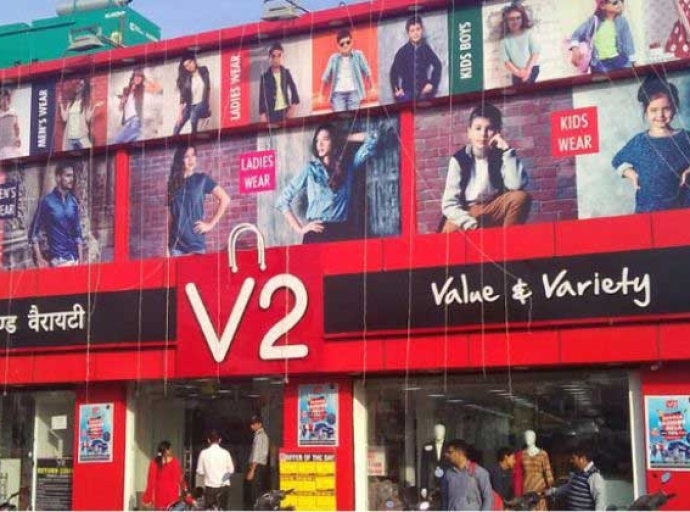10 October 2022, Mumbai:
Through the centuries, humankind has utilized coloring substances—also known as dyes and pigments—for their aesthetic qualities and employed them to embellish/adorn different objects and the environment in which he lived. Homegrown plants that produce dye have been found in almost every continent, starting with indigo, arguably the longest-known dye, which originates from India and the list goes on.
For instance, the early synthetic dyes were uncovered in the early 20th century. The parenteral method of administration was created in the 1930s; classical examples are methylene blues etc, which were typically applied in the area of health care to cure/treat some diseases.
As a matter of fact, the good bit of dyes used in the textile business nowadays is all synthetic derived broadly out of two core sources: petroleum-based intermediates and coal tar offering their own merits and properties. Whereas new dyes are what define the textile dye market that we see today created invariably to address the present-day demands of evolving modern technologies, emerging types of textiles, detergents, and evolving dying instruments/equipment advancements, as well as to address the critical environmental issues that genre of old colors raise.
It is pertinent to underline here the underpinning that Textiles undergo a variety of physical and chemical procedures before consumers start to use them. Moreover, chemical treatments can be used to impart color, durability, and wrinkle resistance, or ensure it is even less combustible.
Of course, there is always risk associated with some of these ingredient chemicals used by textile businesses as in many cases they tend to be carcinogenic and potentially induce varied skin diseases.
Some organic bromine compounds are persistent and are employed as flame retardants in some fabrics.
It is really nothing new that the textile industry has a dubious track record & is infamous for using prohibited substances, including formaldehyde and azo dyes for a long.
Vegetable Dyes-An overview
The newly-found thrust on the theme of Environmental Consciousness has shifted the spotlight on Natural Dyes coming in with their goodness. But all is not hunky dory around this side of the business as per se awareness about the same is pretty low leading to trade still not shying away from choosing Synthetic Dyes Vs. Vegetable Dyes.
Key advantages Vegetable dyes have; Environmentally Friendly, Biodegradable, cost-effective, Anti-microbial, and Insect Repellant amongst many others.
In the larger scheme of things, vegetable dyes are an eco-friendly methodology to colour your fabrics and yarns. The reason is that many times they are made from plants, fruits, and vegetables found in your local eco-system having properties like natural colours that impart rich color to your fibre, yarn & fabric adding value additions such as visual appeal and enduring values in more than one way. Additionally being originally vegetable-based, ensuring low/no adverse impact on health and the environment Vs. its chemical counterparts in the textile value chain.
The downside of natural dyes are; Likely to be less colourfast and may have a tendency to fade in the sunlight, may lack colour vibrancy, are less versatile in attaining desired shade/hue of colour, and in some cases not be as reproducible as what we achieve out of synthetic dyes in some use cases/applications, etc.
Environmental impact factor
Environmental effects are a product of textile manufacturing in all its forms which is now started to show up too. It is not a closely kept secret that natural resource degradation results from the discharge of effluents or emissions using raw materials and other natural precious resource inputs like excessive use of water.
For instance as per trade estimates," 105.3 gallons of water are needed to develop the fiber for one cotton diaper, 256.6 gallons for one T-shirt, 401.4 gallons for one bath towel, 414.5 gallons for one man's dress shirt, and 987 gallons for one pair of pants. On average, an integrated textile factory produces fifteen tonnes of the finished cloth daily. 3,840 cubic meters of water are used daily, including 1,680 for finishing and processing, 960 for producing steam, and an equivalent amount for providing water to the workers' colony and other residential needs. Approximately 1,500 cubic meters of polluted liquid effluent are produced daily from the water used for finishing and processing".
Sum up
There is a case for advocating Natural Vegetable Dyes as a recurring theme underpinning that it is the most preferred choice for consumers of the day longing to get the most out of their apparel/clothing both cost-benefit and ecological impact it leaves at the end of the day.
The article had a deep dive approach to shed light on the age-old nuances of the science of the use of vegetable dyeing materials in textile colouring utilising/resource-optimization regenerating raw materials.
Latest Publications


































